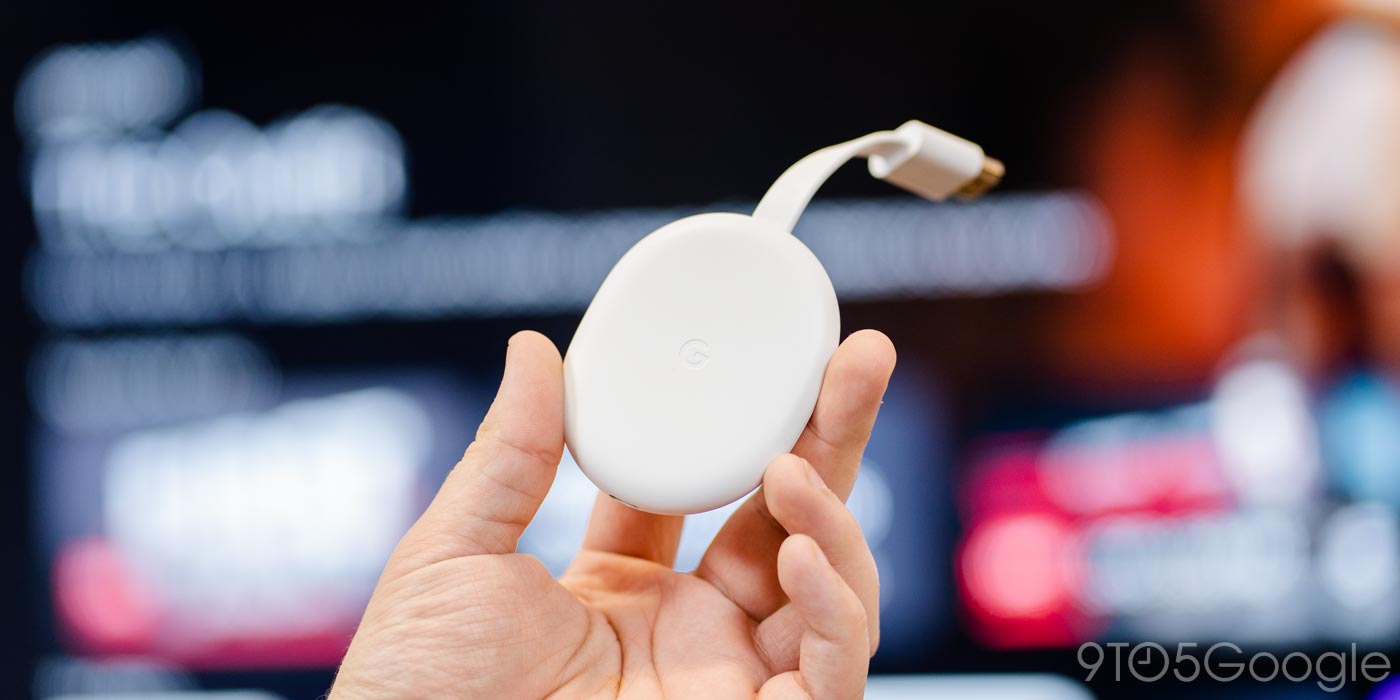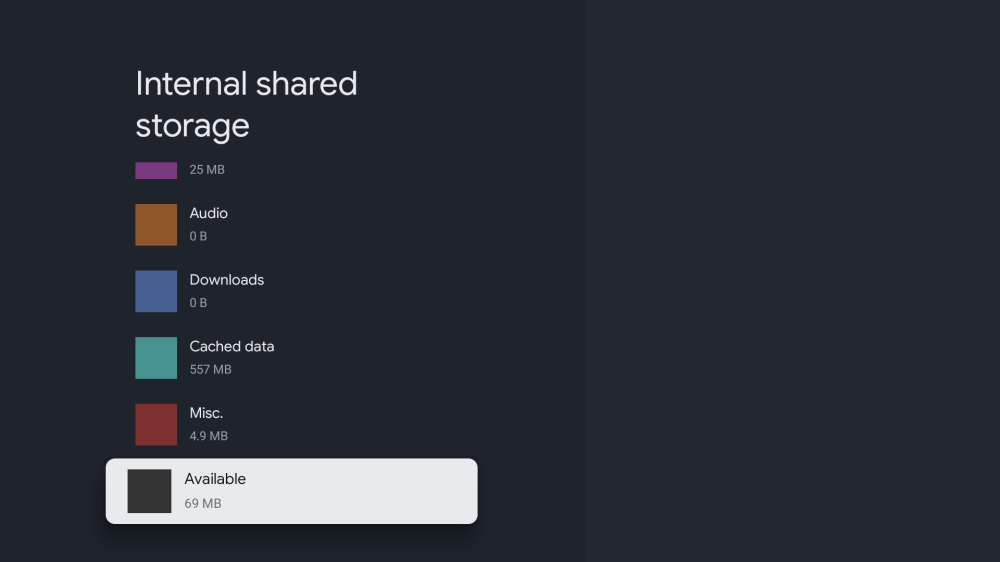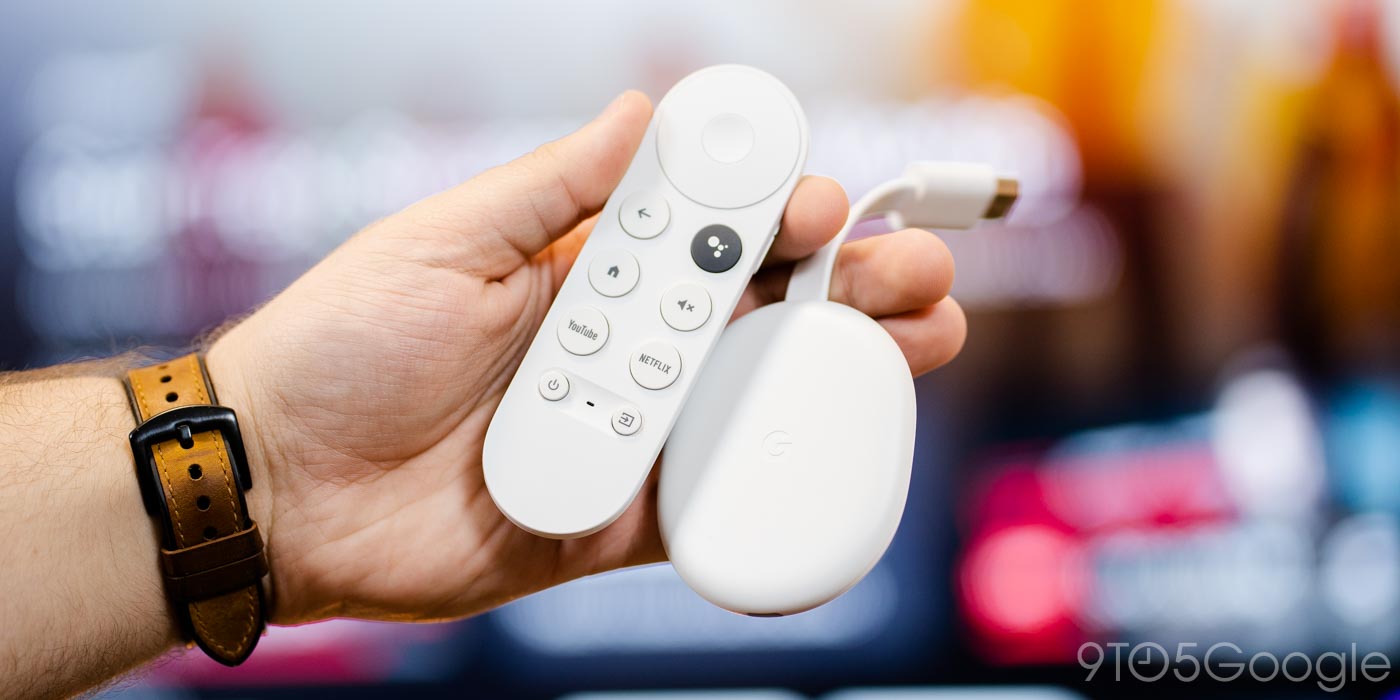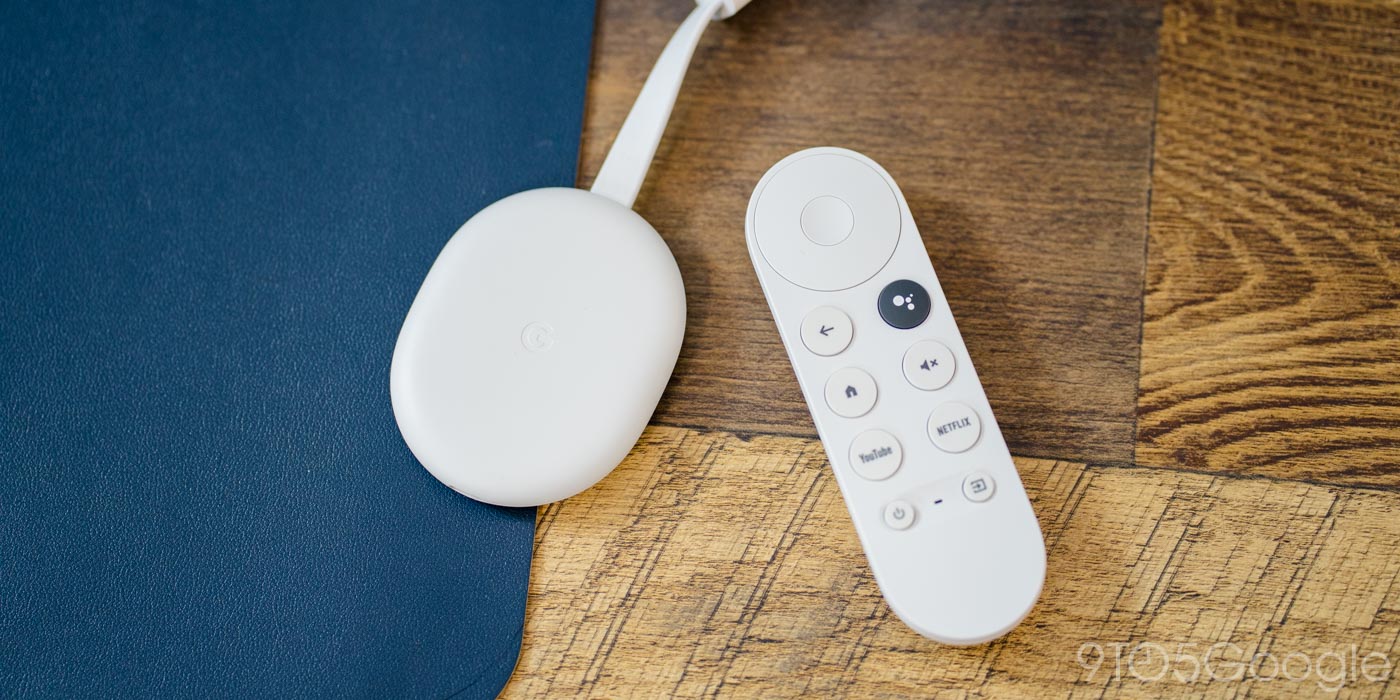Nearly two years have passed since Google unveiled its first streamer with a remote and an updated version of Android TV. The introduction of the Chromecast with Google TV marked the beginning of a new era for the company’s streaming initiatives, but as time has gone on, the Chromecast hasn’t held up so well, and we’re eager to see what Google has in store for us now.
WHAT GOOGLE TV’S CHROMECAST DID RIGHT With the first Chromecast that ran on Android, Google did accomplish a lot of things correctly. With a starting price of $50, it provided a cost-effective way to check out a brand-new platform and gave the hardware enough room to handle the most of the important standards.
Additionally, the remote that came with the Chromecast is user-friendly, comfy, and well-suited for its intended application.
However, the software was the thing that the gadget did best. As we stated in our assessment, Google TV’s lifeboat approach to streaming services arrived at the ideal time. The user interface (UI) made it simple to locate content, create a central watchlist of what you wanted to check out, and make reasonably clear recommendations for content based on your preferences. While many people find the adverts on the homescreen and the lack of attention given to individual apps to be a source of frustration, I have always believed that Google has achieved a reasonable balance in this area. Contrary to Roku, the UI is clear and contemporary-feeling, and unlike Fire TV, which frequently steers into actual things, it keeps all of its advertising focus on content you can actually watch.
Actually, the majority of these points are still valid today. Nearly two years after its inception, Google TV has expanded its support while remaining a reliable tool to sort through the ever-expanding list of streaming services. The Chromecast’s capabilities are still largely competitive with those of the other devices in its price range.
But the news isn’t all good.

HOW HAS GOOGLE TV’S CHROMECAST AGED? Two years later, there are still a lot of things about the Chromecast with Google TV that are regrettably not fantastic, and storage is one of the greatest of these issues.
In 2020, 8GB of storage was insufficient for a streaming stick, and two years later, the situation is considerably worse.
The primary and most evident issue is a lack of available storage for installing programs. When there were only a few streaming providers, such as Netflix, Hulu, Prime Video, and a few others, this would have been acceptable; but, there are now a lot more. Over 530MB is consumed by just the Android TV apps for Netflix, Hulu, Disney, Prime Video, HBO Max, and Peacock. That doesn’t even take into account the cache data that will inevitably accumulate, not to mention the other important apps that many people will undoubtedly install such as YouTube, YouTube TV, Apple TV, and others. 8GB is insufficient.

Since I started using my own Chromecast in September 2020, it has had slightly around 70MB of memory available. It is unpleasant.
Additionally, there is the problem with system updates. There is virtually any room for Google to work with when installing any form of Android update on the Chromecast when the majority of Chromecast owners only have 100400MB to spare. The most recent update, which was released in December 2021, was 158MB in size. It also introduced some HDR enhancements, a new security patch, and a modification that freed up some additional storage space. But nearly six months later, that version is still the most recent, which is very certainly because Google is aware that many users cannot install any other updates.
This has enough limitations for security upgrades, but it also restricts how frequently Google can fix bugs and other potential annoyances. Even worse, it hinders or at the very least makes large system updates very challenging to implement. The Chromecast with Google TV still runs Android 10 in 2022. Since Android 11, especially on the user-facing level, doesn’t add much to the TV experience, it would be a waste of time. However, Android 12 is a significant update that, quite simply, cannot be implemented given the storage limitation.
Google needs to solve this issue, and right now it seems like a straightforward product refresh would be the simplest fix. A new Chromecast with Google TV that comes with a 16GB storage chip and perhaps an updated chip that can support the AV1 standard that Google has been pushing so hard will extend this product’s lifespan without requiring a significant financial outlay. To fund these adjustments, Google might even raise the price by a few bucks, and I doubt many people would object.

But how is the item holding up outside of storage? Okay, I suppose. Most of the time, performance is still mediocre, and it’s annoying that some apps on Android TV OS still lack functionality compared to other platforms. For instance, Hulu still lacks 4K playback. However, that is outside the purview of the Chromecast. The remote is still a pleasure to use, and I appreciate how simple Google has made it to purchase spares. Being able to get a replacement from the Google Store considerably lessens my anger because my dog has destroyed two Chromecast remote controls over the previous two years. In contrast, my Hisense TV required me to turn to eBay for a replacement remote, and it took a long for it to come.
In addition to the significant system updates over the past couple of years, Google has made a significant effort to enhance the Google TV user experience. The experience has been enhanced by the addition of kids profiles, more live information on the homescreen, a new phone-based remote, greater cloud gaming support, and other quality of life upgrades. But we are still waiting for Google’s new Nest cameras to have full profiles and support. The fact that this is still unavailable is plain absurd. Additionally, Fast Pair is reportedly coming shortly.
It’s time for something new; THE CHROMECAST WAS JUST THE BEGINNING. Since the hardware itself hasn’t aged gracefully, it is abundantly evident that Google TV is the best feature of the new Chromecast two years later. When the Chromecast first came out, it was a device that anyone could recommend without any conditions. That’s not the situation anymore.
It is obvious that a change is necessary. As we’ve previously stated, we’d love to see Google produce a platform flagship that serves as a role model for others and demonstrates how Google TV can excel. However, it appears that Google has other plans. Instead, a Chromecast Lite appears to be Google TV’s next move. Although Google has not yet made such an announcement, a recent report said that there would be a 1080p-only Chromecast that would be inferior to the one we currently have.
Although it is upsetting to watch Google moving further downstream, it might make sense. To put some distance between the two items, simply updating the current Chromecast with additional storage and perhaps a better chip would be helpful. On the top end, it looks like Google would be wise to go all-in on the smart TV industry as well. The current real numbers are in that area.
Whatever happens after that, something must occur. The excellent Google TV product does a fantastic job of addressing the issues that modern consumers truly face. However, the Chromecast is no longer able to support that weight on its own.

FTC: We employ automatically earning affiliate connections. More.
Check out 9to5Google on YouTube for more news:







